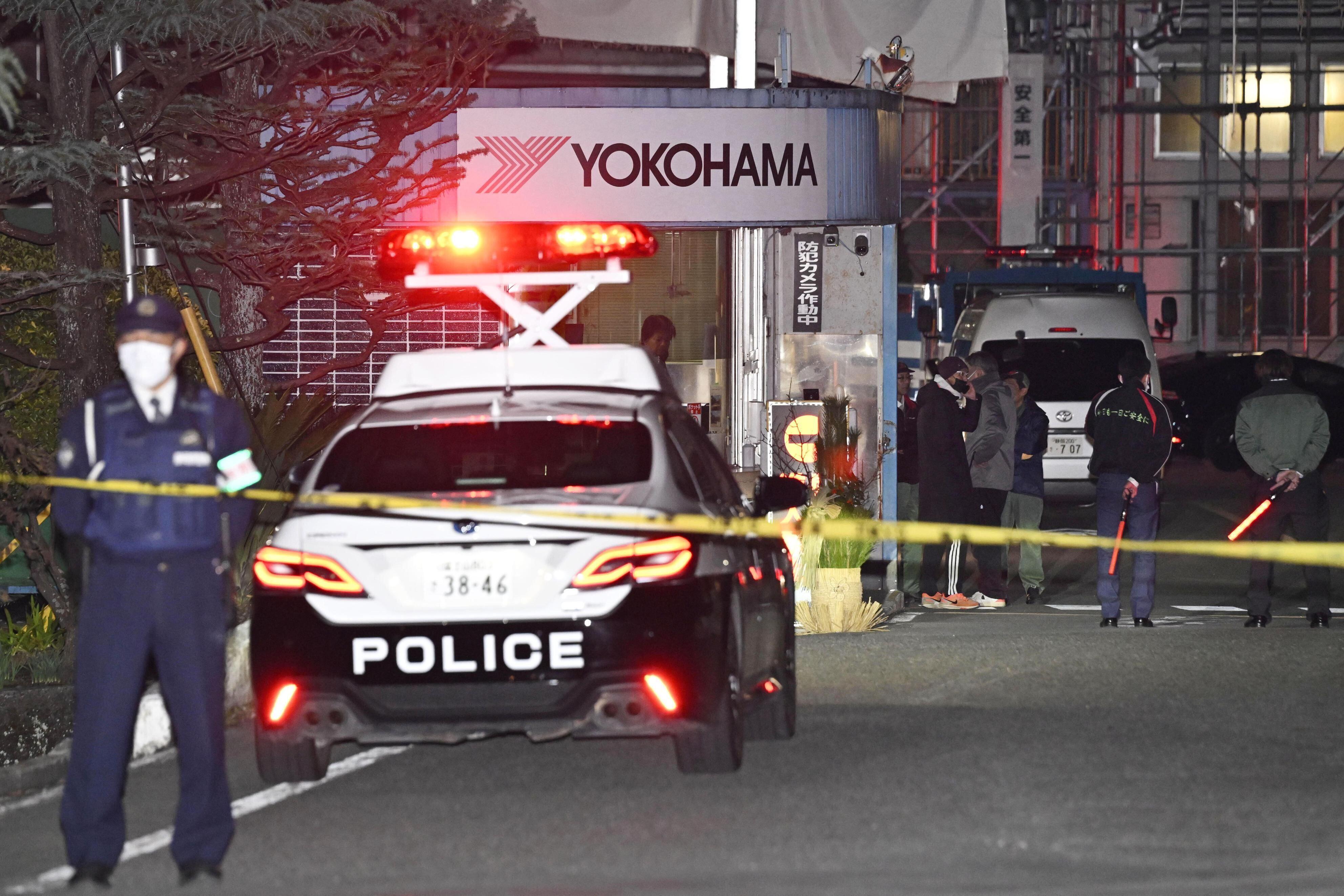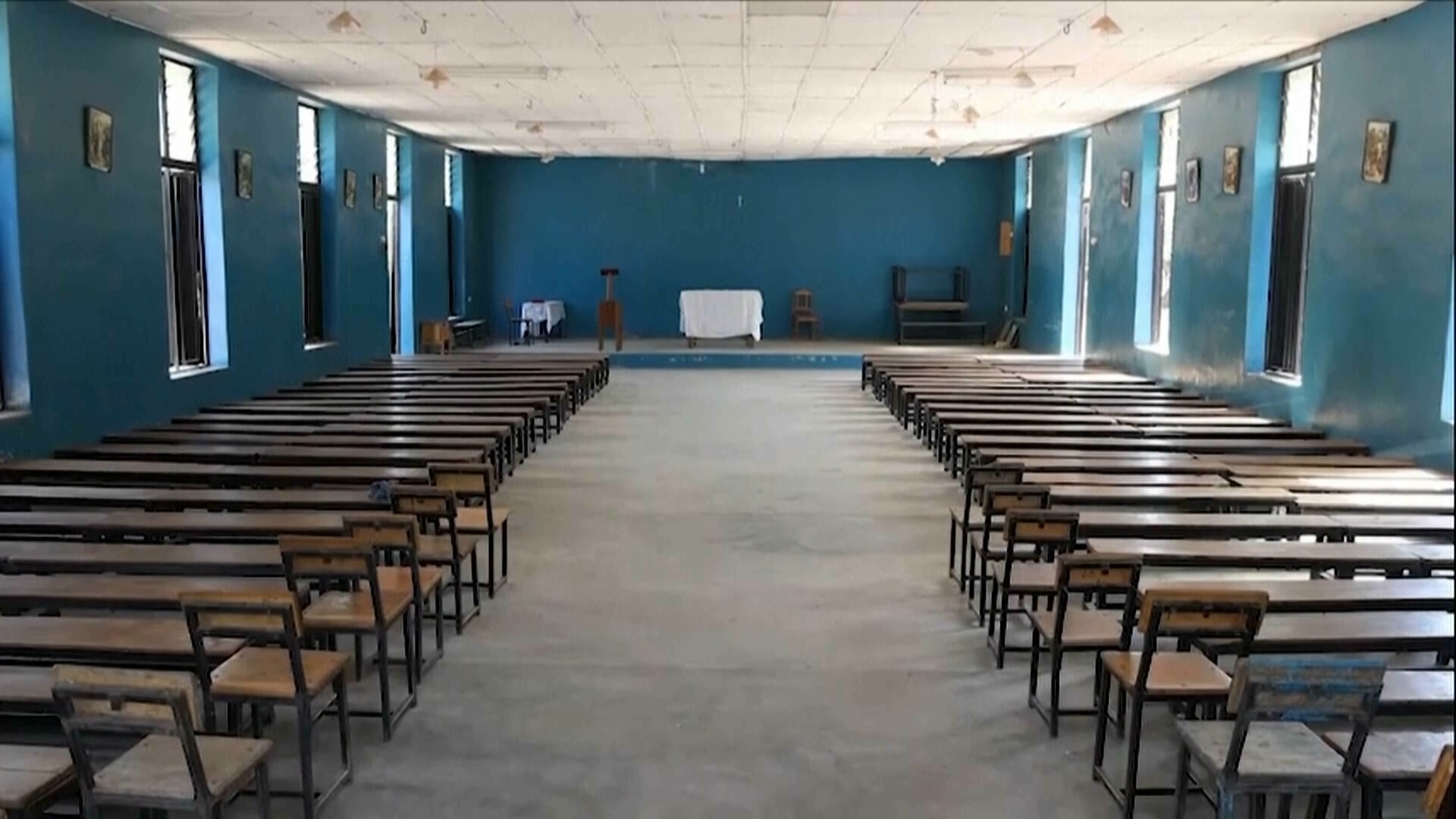At UC Berkeley in California, researchers are combining biofeedback and virtual reality to let pediatric patients design their own hospital rooms.
High schooler Ariela Rubens has had several hospital stays over the past two years. She suffers from chronic pancreatitis.
"I'd be in the hospital four or five days at a time. And it's just absolutely excruciating pain," said Rubens.
She just wanted to get home to her own room.
"They always have that very sterile hospital smell, and all the rooms pretty much look the same. Very usually pretty dull. Um, not. Not exciting. Not very healing and not a very healing environment," said Rubens.
Each year, about two million children and teens are hospitalized, according to the American Academy of Pediatrics. Rubens is part of research aimed to help make that hospital space more hospitable.
Haripriya Sathyanarayanan, with UC Berkley, is using virtual reality and biofeedback to study how to make pediactric patient rooms more comfortable for the child.
"That's such a stressful place for both the child and the parent. So it sort of got me thinking about how you could be looking at how you can improve these spaces to sort of, you know, make them feel more comfortable," said Sathyanarayanan.
As part of her work, subjects wear an HTC vive pro eye headset, and are immersed different virtual hospital rooms, where the layout or design is slightly different.

CDC recommends new RSV vaccine for babies under 8 months
RSV causes 58,000 hospitalizations annually among children under age 5.
She's looking at children aged five to 17, and the patients' families as well.
"We are not just looking at the design features and furniture arrangement, but then it goes deeper into the feeling of privacy and control that they have within that space," she said.
The subjects give their input about what they like or don't verbally. All the while, the VR goggles are gathering thousands of data points of biofeedback from small biosensors, where the person's eye's are tracking, which parts of their facial muscles are moving, heart rate — all data for the research.
"In each room the subject spends about one and a half to two minutes and we get about 100,000 to 150,000 data points," Sathyanarayanan said.
The findings will go to UCSF Benioff Children's Hospital as they build new facilities. Dr. Kurtis Auguste is a pediatric neurosurgeon at the hospital who is helping with the research.
"It's not only fun and engaging for them, but they're giving us their information and they don't even fully realize that they're doing it and they're not having to struggle to find the words to communicate it back to us," said Auguste.
"Placements of, like, the art definitely made me feel better," said Rubens.
Back in the lab, Rubens says she's doing this to help others. She's also taken some of her own biofeedback to change her room at home.
"I have a very big window in my room and my bed is faced towards that. And so maybe not to put like all the art close to the windows, like bring it more spread out," said Rubens.
Researchers expect to publish their findings this fall.











